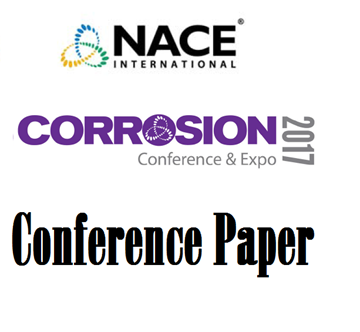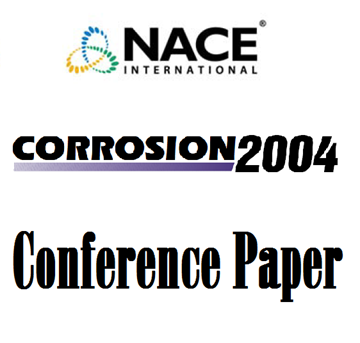Search
10256 Evaluating Corrosion Inhibitors as a Means to Control MIC in Produced Water
Also Purchased
Assessing the Corrosivity of Field Produced Water in in-situ Oil Sands Water Treatment Systems
Product Number:
51317--9389-SG
ISBN:
9389 2017 CP
Publication Date:
2017
$20.00
04139 Corrosion Behavior of Carbon Steel, Low Alloy Steel and CRA's in Partially Deaerated Sea Water and Commingled Produced Water
Product Number:
51300-04139-SG
ISBN:
04139 2004 CP
Publication Date:
2004
$20.00
08507 Corrosion Inhibition in Produced Water Re-Injection Systems that Use Nitrate Treatment to Control SRB Activity and Reservoir Souring
Product Number:
51300-08507-SG
ISBN:
08507 2008 CP
Publication Date:
2008
$20.00




